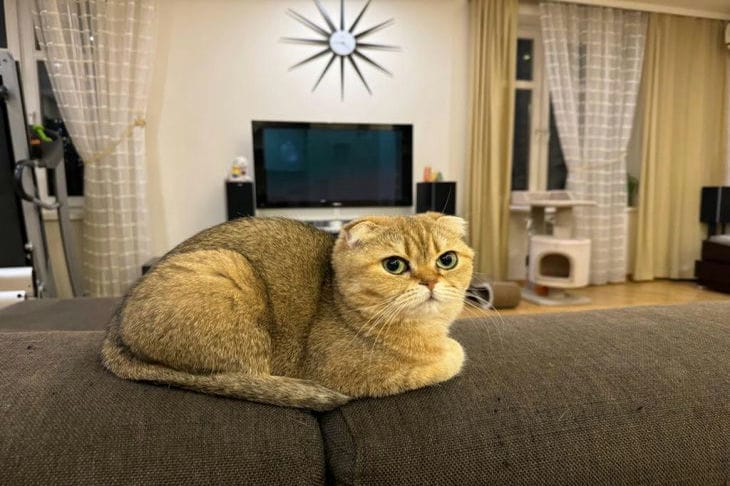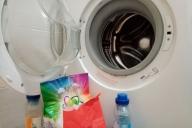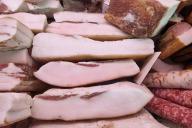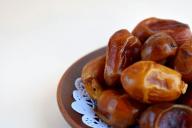Cats are mysterious creatures whose behavior often puzzles their owners.
One of these intriguing actions is paw-wagging.
This cute gesture can have many meanings, from expressing pleasure to showing concern. Understanding this behavior can help you better understand your pet.

Feeding instinct
Kneading in cats is often related to their instinct to nurse as kittens. When kittens suckle their mother's milk, they knead their mother's belly with their paws, stimulating milk production.
This reflex may persist in adult cats, especially when they are comfortable and relaxed.
Often cats make this movement while lying on a soft surface or on their owner's lap, which reminds them of the safety and warmth they felt next to their mother.
Expression of pleasure
When a cat kneads its paws while sitting on its owner or a favorite object, it is often a sign of deep satisfaction and comfort.
This behavior is usually accompanied by purring and can be seen as a display of affection and trust towards a person or the environment.
Many cat owners find this gesture particularly touching, as it demonstrates how comfortable and safe their pet feels.
Marking the territory
Interestingly, shuffling their paws can also serve as a way to mark territory. Cats have special glands on their paw pads that secrete pheromones.
When a cat "kneads" any object or surface, it leaves its scent, thereby marking the territory as its own.
This is especially common in cats that paw at blankets, pillows, or favorite toys.
Preparing a place for rest
In the wild, wild cats often paw through grass or leaves, preparing a comfortable place for rest or giving birth. Domestic cats have retained this instinct.
If you notice that your cat is actively moving its paws on its bed or another soft object, it is likely that it is simply preparing a cozy nest for itself to sleep.
Manifestation of stress or anxiety
Although paw-wagging is most often associated with positive emotions, in some cases it can be a sign of stress or anxiety.
If your cat fidgets in unusual situations or places, it may be an indication that the cat is trying to calm itself down. This behavior is often seen in cats in new environments or when visiting the vet.
Physical causes
Sometimes, paw-flicking may be related to physical discomfort. For example, if a cat has joint or muscle pain, it may perform these movements in an attempt to relieve the pain or stretch its limbs.
If you notice that your cat is frequently pawing, combined with other signs of discomfort, you should contact your veterinarian to check your pet's health.
How to React to Paw-Flicking
The owner's reaction to a cat's paw-playing depends on the context. If the cat does it while sitting on the owner's lap, you can perceive it as an expression of love and enjoy the moment of closeness.
However, if the cat begins to knead the skin too actively, causing discomfort, you can gently redirect its attention to a toy or other object.
The importance of observation
Observing your cat's behavior, including paw-wagging, can help you better understand her emotional state and needs.
By paying attention to the context in which this action occurs, the owner can learn to interpret their pet's body language and respond more effectively to their needs.








